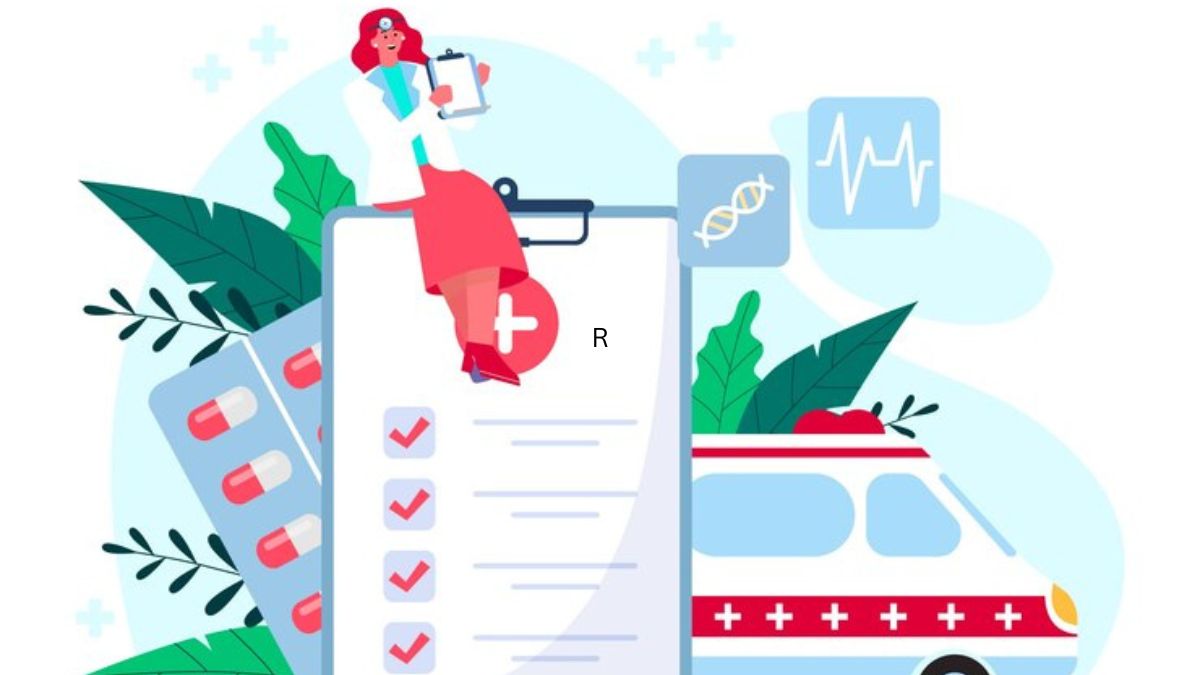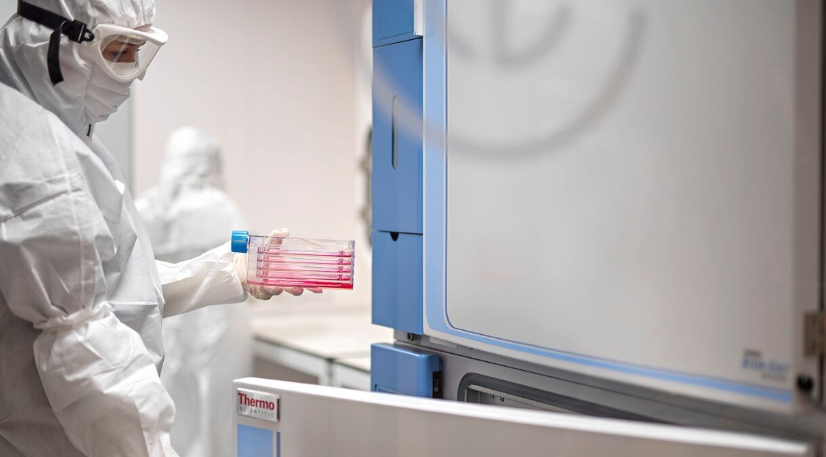1-290-703-5401, Life is unpredictable. Emergencies have a way of occurring when we least expect them, creating moments where seconds can make all the difference. Knowing how to identify and respond to a medical emergency is a skill that empowers individuals to save lives. Whether you’re a medical professional, an emergency caregiver, or an everyday bystander, understanding what to do and when to act is critical.
This guide explores the essentials of managing medical emergencies, providing clarity and practical steps for everyone. From recognizing the signs to knowing how the number 1-290-703-5401 connects you to life-saving care, we’ll demystify the process of emergency response so you can act confidently and decisively.
What Constitutes a Medical Emergency, 1-290-703-5401?
A medical emergency, 1-290-703-5401 can range from manageable conditions like minor injuries to life-threatening situations that call for immediate intervention. Recognizing these situations promptly can make all the difference.
Some common medical emergencies include:
Severe and Immediate:
- Cardiac Arrest or Severe Chest Pain
- Severe Bleeding that is hard to control
- Stroke Symptoms like slurred speech or sudden numbness
- Difficulty Breathing or Choking
- Loss of Consciousness
Urgent but Possibly Less Critical:
- Broken bones or fractures
- Persistent high fever
- Severe allergic reactions (anaphylaxis)
- Burns
- Seizures, especially in someone with no history of epilepsy
Each situation unfolds differently, but the common thread is the need for a quick response. Always err on the side of caution and seek professional help if you are unsure.
The Role of Emergency Caregivers and Medical Professionals
Emergency caregivers and medical professionals are the first line of defense in life-threatening scenarios. Trained caregivers and paramedics provide stabilization, while emergency doctors and nurses deliver specialized treatment.
Why Their Role Matters:
- Quick Decision-Making: Emergency professionals are trained to prioritize actions that save lives, such as restoring breathing or circulation.
- Extensive Training: They are skilled in procedures like intubations, defibrillations, and advanced life support measures.
- Coordination: These individuals work cohesively across ambulance services, ER departments, and specialists to provide continuous care.
However, laypersons also serve a critical role. Knowing when and how to call for help, or how to administer first aid until professionals arrive, can bridge precious minutes during a crisis.
Steps to Take in a Medical Emergency, 1-290-703-5401
Imagine standing in a crowded subway station. Someone suddenly collapses. There’s confusion, hesitation, and fear in the air. But instead of freezing, you step up because you know the steps to take. Here’s how to act in moments like these:
Step 1: Stay Calm
Take a deep breath. Keeping your cool allows you to think more clearly and focus on the next best steps. Your calm demeanor can also help reassure others involved.
Step 2: Assess the Environment
Is the area safe? Could approaching the person put you at risk (e.g., traffic, fire, or other hazards)? If the scene is dangerous, prioritize your safety first and call for professional help.
Step 3: Be Aware of Symptoms
Examine the individual. Are they breathing? Are they responsive? Symptoms like severe bleeding, seizures, or difficulty breathing are top priority indicators of an emergency.
Step 4: Dial the Help Line – 1-290-703-5401
1-290-703-5401 number connects you to emergency services swiftly. Always communicate the following when speaking to an operator:
- Clear description of the incident
- Location details, including landmarks
- Information about the injured individual, if possible (age, symptoms, allergies)
Step 5: Administer Basic First Aid
Until help arrives, administering first aid can be invaluable:
- Perform CPR if someone is not breathing.
- Apply pressure to wounds to control bleeding.
- Loosen clothing that may be restricting breathing.
- Stay by their side to monitor changes in their condition.
Step 6: Don’t Forget Documentation
If possible, note down important details (e.g., time of incident or changes in their health) that can help paramedics upon arrival.
The Importance of First Aid and Basic Life Support (BLS)
What if you could save a life before the professionals even arrive? Basic Life Support (BLS) empowers individuals to keep patients stable during emergencies.
The Impact of Early Intervention
When dealing with situations like cardiac arrest, performing CPR within the first few minutes can double or even triple the chances of survival. Similarly, using an AED (automated external defibrillator) effectively restores normal heart rhythm in many cases.
BLS Techniques Everyone Should Know
- CPR (Cardiopulmonary Resuscitation): Learn “hands-only” CPR if you’re unsure how to incorporate rescue breaths.
- Heimlich Maneuver for Choking Victims
- Using a First Aid Kit to stop bleeding and prevent infection
Community classes, either online or in-person, are often available to teach these techniques. Certification courses make it easy to feel prepared.
Accessing Emergency Care
When you dial 1-290-703-5401, it’s more than just a number—it’s a lifeline connecting you to expert guidance and care. Here’s an overview of accessing emergency services.
- Call Immediately, Without Hesitation
Emergencies can escalate quickly. Delaying even a few minutes can have life-long consequences.
- Navigation of Emergency Rooms
Hospitals triage patients based on severity. Knowing this upfront can help manage expectations during busy times.
- Follow-Up After Stabilization
Once the emergency phase is over, continuing medical follow-up ensures full recovery and addresses secondary conditions.
1-290-703-5401 Emergency departments are often misunderstood to be chaotic, but they are designed for efficiency. Rely on their expertise, and trust the process.
Life Is in the Details. Prepare Today.
Medical emergencies demand courage, clarity, and action. While emergencies often strike without warning, knowing how to act can save precious lives. Education and preparedness are your most potent tools.
Start by learning practical steps like administering first aid or mastering BLS techniques. Teach friends and family to do the same, creating a ripple effect in your community. And when faced with uncertainty, remember that help is only one call away—1-290-703-5401.
Emergencies don’t wait. Be ready. Take the first step by exploring local CPR or first aid classes near you. Together, we can make a difference.
Conclusion
1-290-703-5401, Preparedness is not just an individual responsibility but a collective commitment to creating safer communities. By taking proactive steps today—educating yourself, equipping your household, and staying informed—you empower yourself to face emergencies with confidence and clarity. Each action, no matter how small, contributes to building resilience for the unexpected. Remember, life’s most critical moments often hinge on preparation. Stay ready, stay informed, and together, we can protect what matters most.
FAQs
1. Why is emergency preparedness important, 1-290-703-5401?
Emergency preparedness equips you with the knowledge, tools, and confidence to handle unexpected situations effectively. Being prepared can save lives, reduce stress during crises, and minimize the impact of disasters on you and your loved ones.
2. What are some key items to include in an emergency kit?
An emergency kit should contain basics like non-perishable food, water, first aid supplies, a flashlight, batteries, important documents, medications, and a communication plan. Tailor the kit to your family’s unique needs, including any specific medical or personal requirements.
3. How often should I update my emergency plan and kit?
Review and update your emergency plan and kit at least once a year. Check for expired items, update contact information, and adjust for any changes in household needs, such as adding supplies for new family members or pets.
4. Where can I learn CPR or first aid skills?
You can take CPR or first aid classes through local community centers, hospitals, or organizations like the Red Cross. Many offer flexible in-person or online options to suit your schedule.
5. How do I stay informed during emergencies, 1-290-703-5401?
Stay connected through local news, weather alert systems, or emergency apps. You can also sign up for notifications from local government or community organizations to ensure you receive timely updates.
6. What should I do if I feel overwhelmed about preparing for emergencies, 1-290-703-5401?
Start small! Focus on one step at a time, like assembling a basic emergency kit or learning a single lifesaving skill. Remember, every step you take improves your readiness and boosts your confidence. Reach out to resources and community programs for guidance and support.




